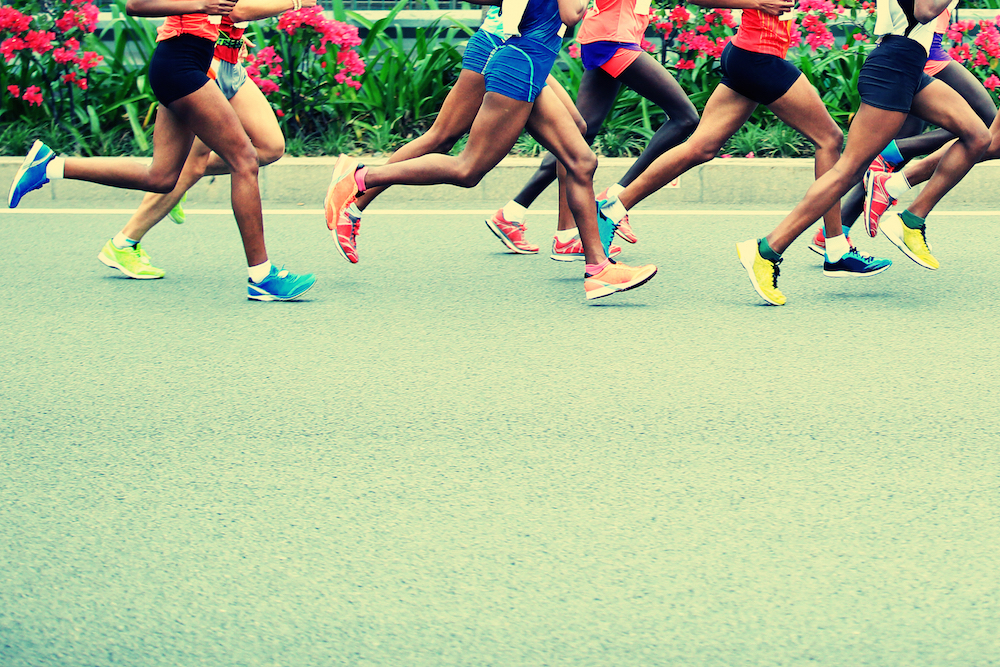Is running a marathon on your bucket list? Or perhaps it’s one of your New Year’s resolutions. The Los Angeles Marathon is coming up on March 19 and if you’re interested in running it, it’s time to start training (if you haven’t already started). I’m not much of a runner and prefer hiking, so I enlisted a good friend of mine, Cesar Martinez, to give you some expert tips on how to train for the Los Angeles marathon.
Cesar Martinez is the owner/trainer at Ultimate Athlete Gym, located in Northridge, CA. He is a personal trainer certified in TRX group fitness, kettle bells, MMA conditioning and holds Force instructor certification from the LA County Sheriff’s Department.
He is a gym enthusiast and loves to run short and long marathons. He has run the Los Angeles Marathon five times and also competed in mud runs and team relay runs. His private gym specializes in changing the way people think, train and live.
Cesar currently has a running team, #teamUAG, which is preparing to run the LA Marathon. If you’re interested in training or running with a team, feel free to reach out via his website!
Here are Cesar’s tips on how to train for the Los Angeles Marathon.
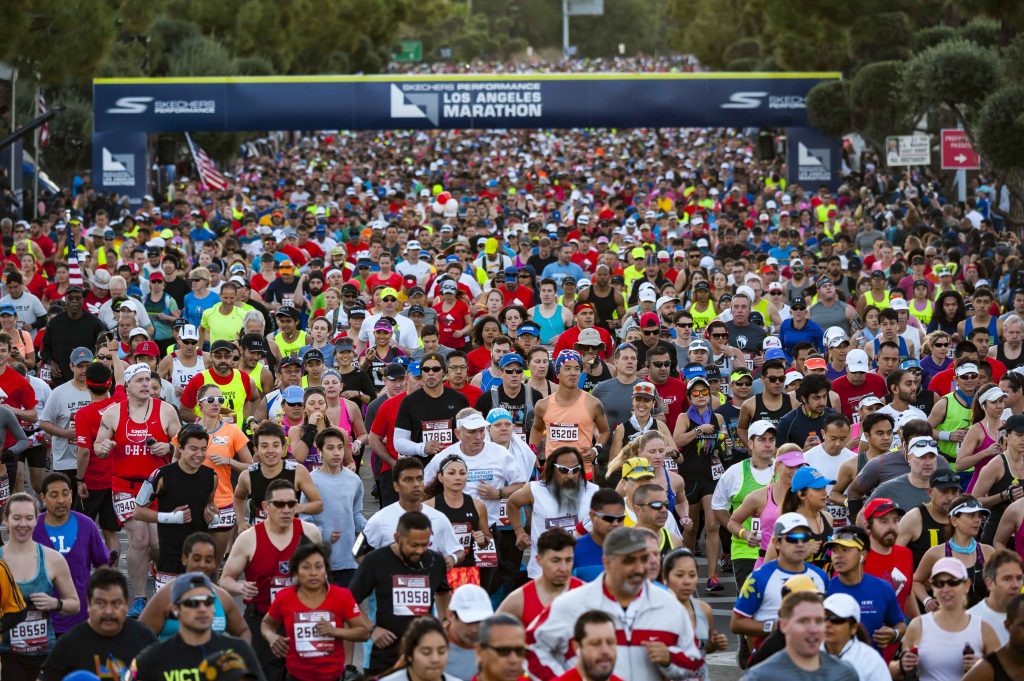
Source: celiac.org
Set a program and stay focused
My recommended program is a 6-month running program which includes short distance runs, Fartlek (speed training) runs, long distance runs and rest and recovery tempo runs. Finding a program that best fits your time frame and experience is very important. The program needs to include all of the above training, but it can differ in time frame depending on your running expertise.
Once you have found the program that best fits you, then you need to stay focused and committed. Time and consistency is the key. If you put in the work and stay faithful to the program, then you should be prepared to finish the LA Marathon comfortably, recover promptly and most importantly stay injury free.
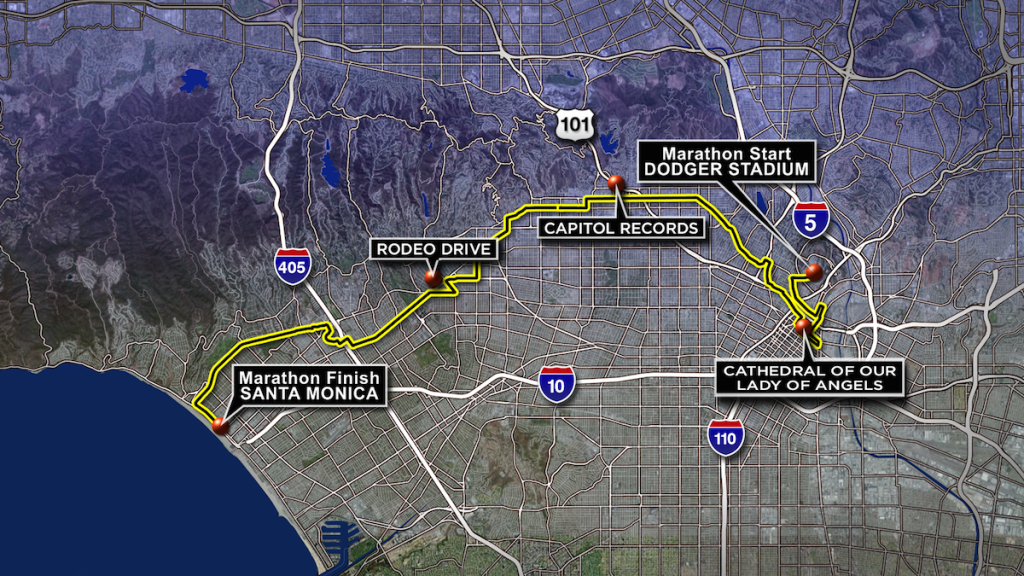
Source: CBS
Fuel the body appropriately
No growth or progression can be made without the proper nutrition. Look at your body as the engine in a car. If your engine is lacking motor oil, transmission oil or has the wrong fuel, then the engine will not work and the car is useless.
Proper nutrition is the fuel for your energy. In running a 26.2 mile marathon, you need to understand that calorie intake, carbohydrates, sodium, potassium, BCAA and hydration are key factors that assist you in withstanding a 4-6 hour run. I recommend you try different branched chain amino acid (BCAA’s) supplements that include potassium and glutamine while training.
Everyone is of a different body type and running expertise so calorie intake is going to be different. Take your body measurements by an expert and understand your calorie intake, weight, muscle mass, and body fat so that you can properly fuel your body.
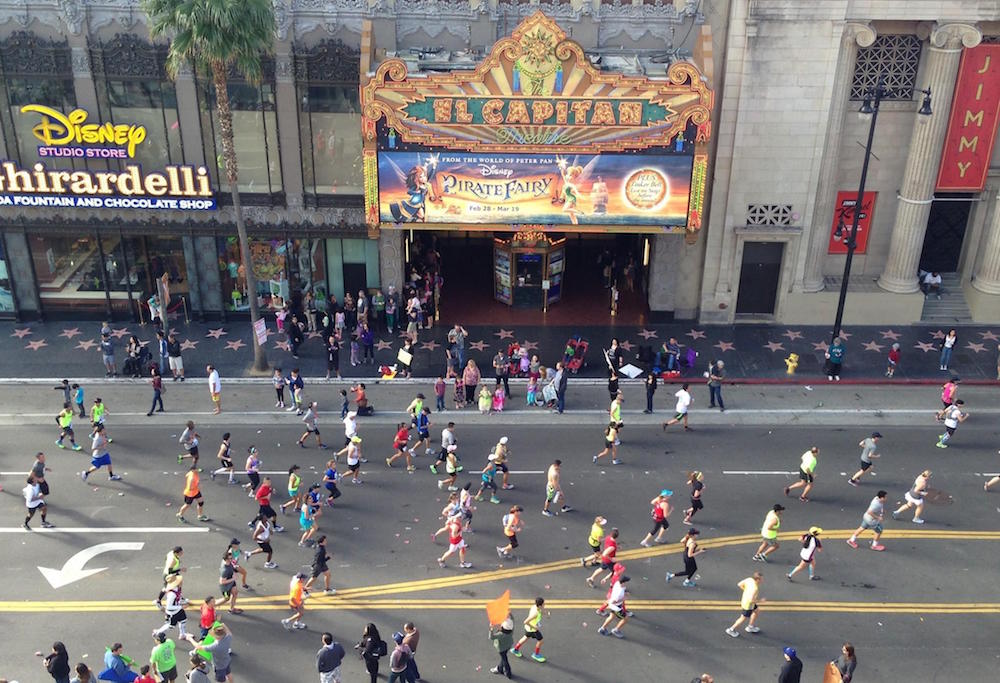
Source: LA Times
Get the Right Gear
This is Los Angeles and though it almost never rains in Southern California, you need to be prepared to run the marathon in the rain, wind and heat. Don’t skip training days because of the weather, but have the appropriate gear for it. Don’t be cheap and buy non-running shoes or wear cotton shirts etc.
I suggest you get fitted for the proper running shoes, then also purchase heat and cold active gear. Socks are extremely important, so make sure you get the appropriate socks. If you’re a male, please make sure to purchase nipple guards or just use a band aid. Lastly, make sure to apply Vaseline or Glide so that chaffing does not occur.
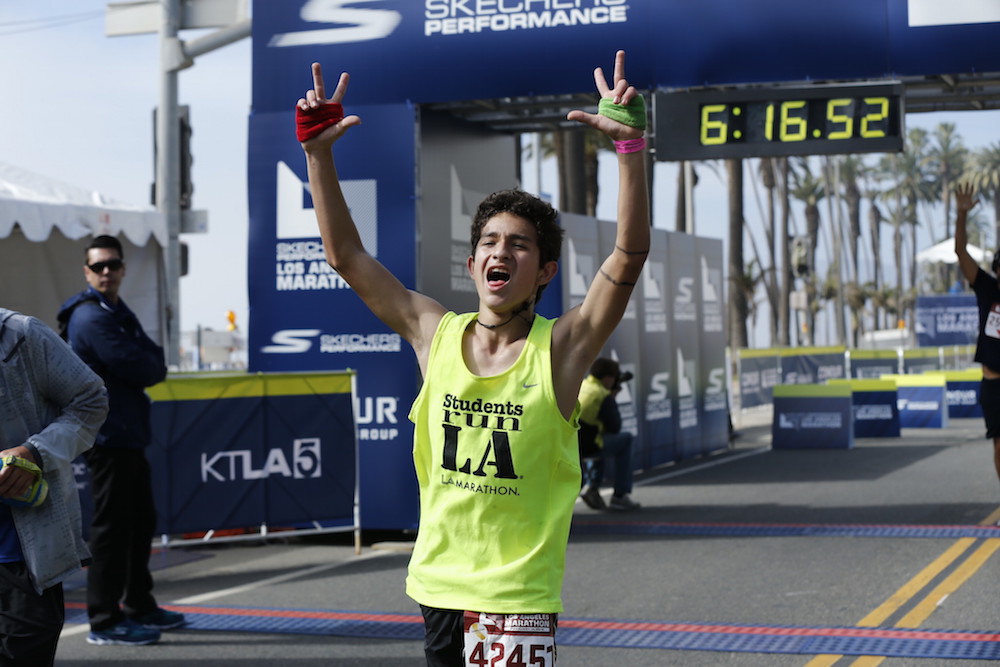
Source: Students Run LA
Have fun and don’t quit
You got this! You have put in the work, have the appropriate gear and have fueled the body appropriately. Now it’s time to enjoy all the hard work and conquer your run. Listen to your body and take in fluids every two to three miles depending on the weather and your personal perspiration.
Eat some of the quick energy and high sodium treats along the way, in order to retain water and receive burst of energy. Most importantly, don’t quit! If you need to walk, then run for two minutes and walk for one minute. Continue that pattern until the end of the race if needed, but don’t quit. Write inspirational names, quotes or acronyms on your hand or sleeve in order to remind you of WHY to finish and finish strong.

